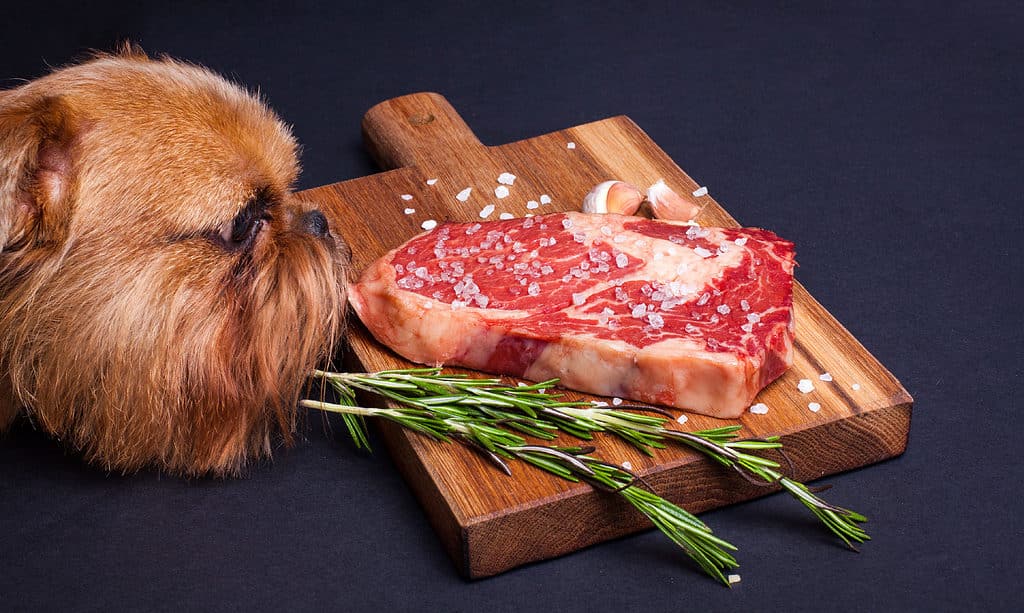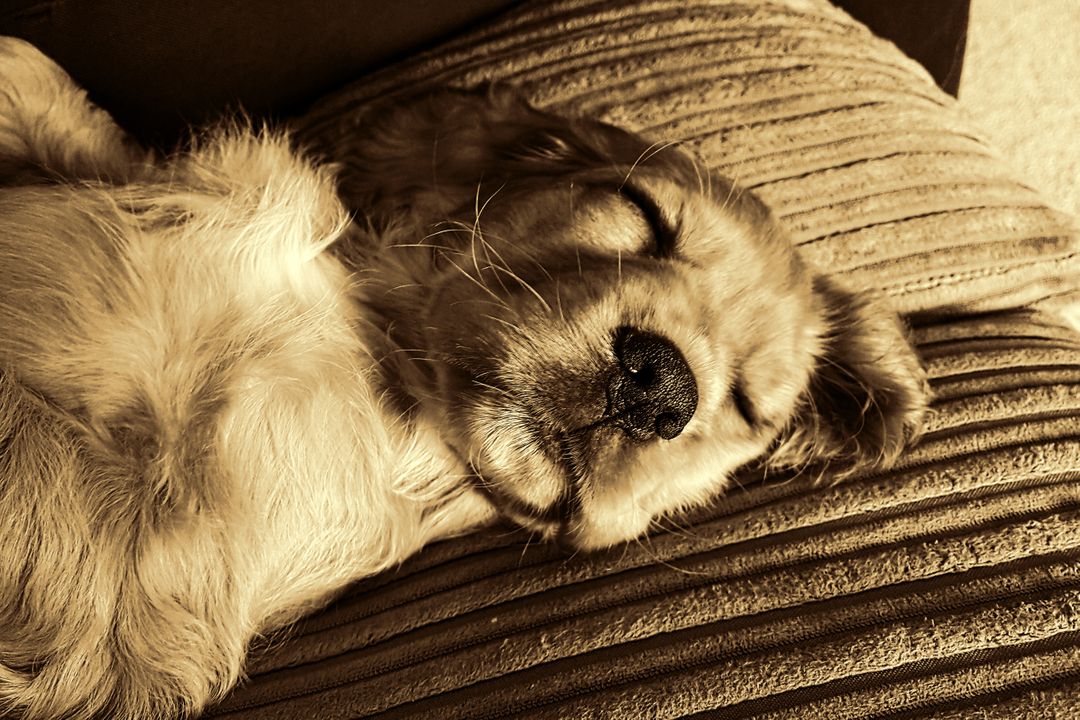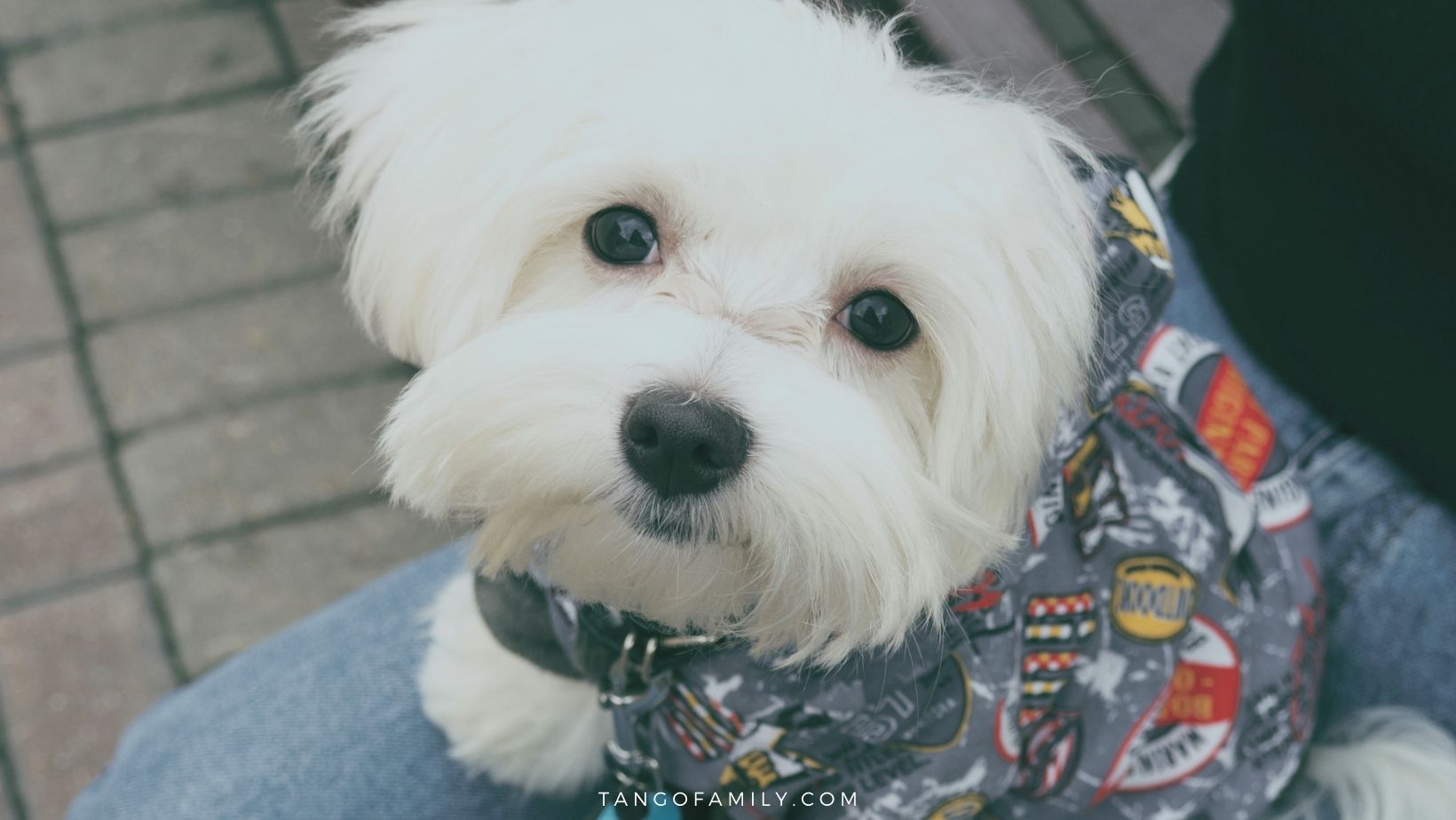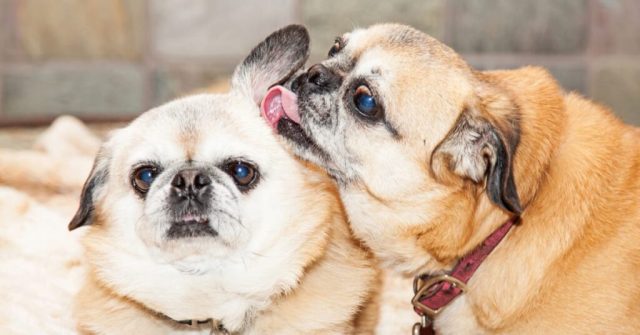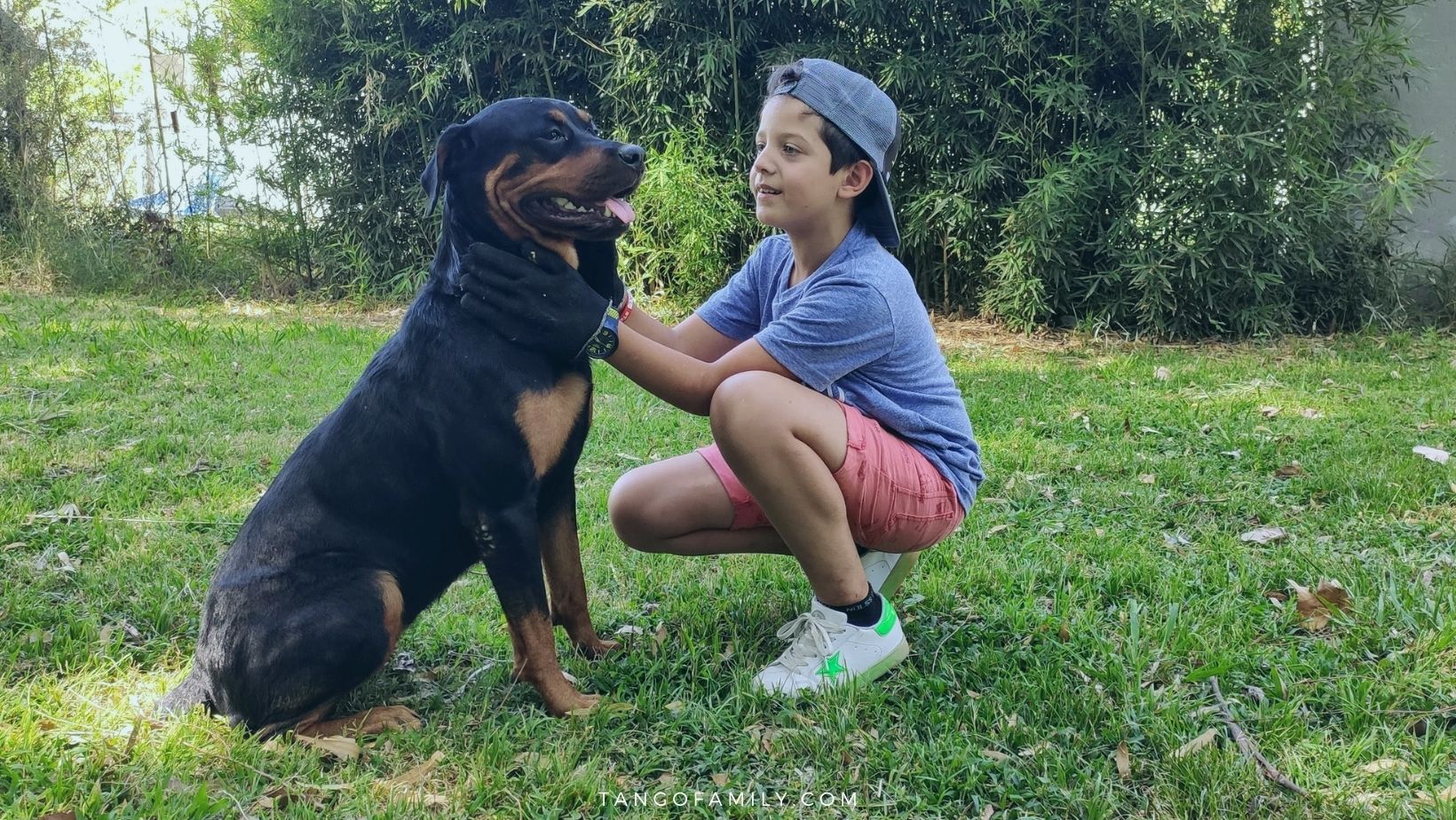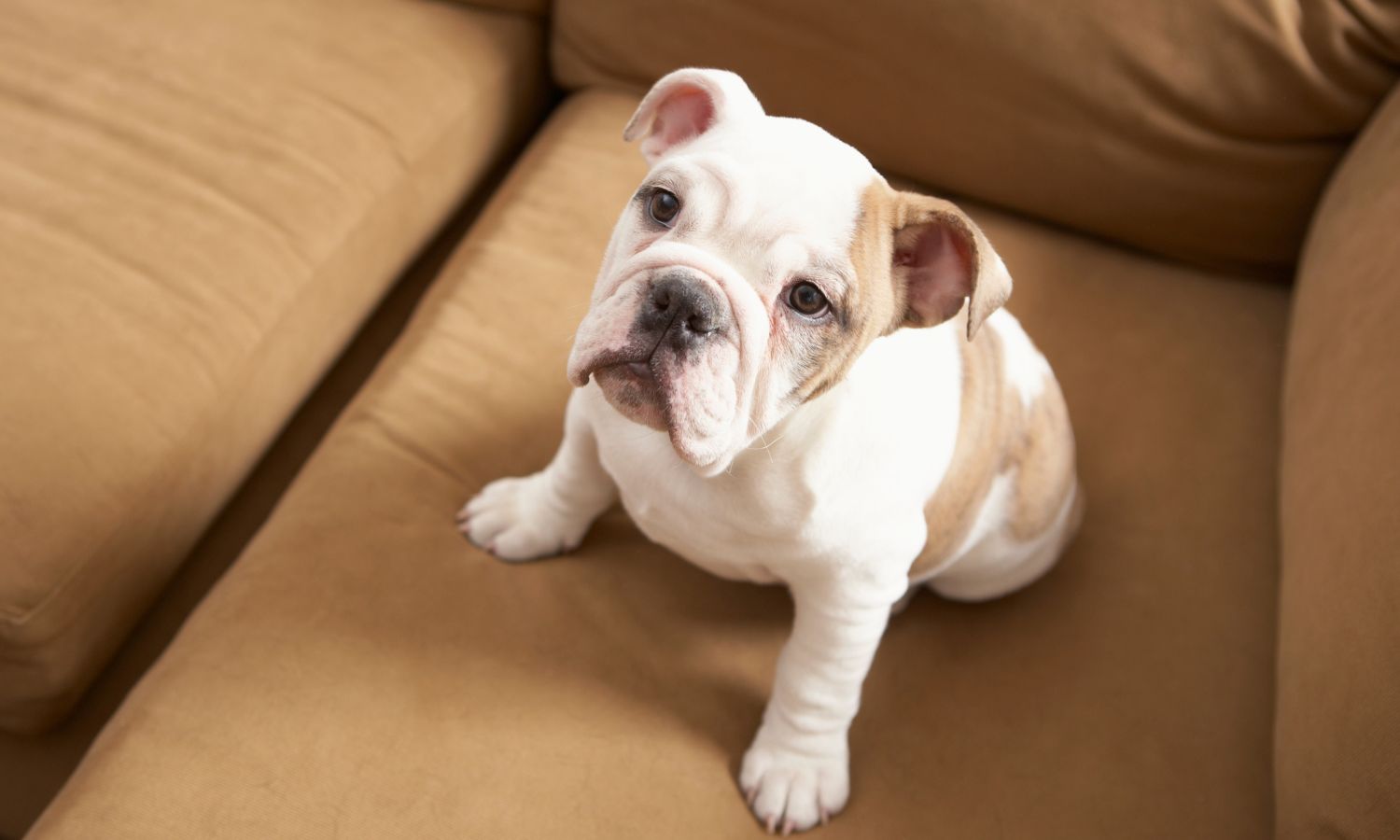Animal lovers and pet parents! You probably know how challenging it can be to train a furry friend who suffers from anxiety or fear. Reactive dogs can be tough to handle, but a technique has been gaining popularity lately: bubble theory dog training. This training method can help your reactive dog become more confident and calm, allowing them to live a happier and healthier life. Let’s take a closer look at why bubble theory dog training is so effective and how it works.
What is Bubble Theory Dog Training?
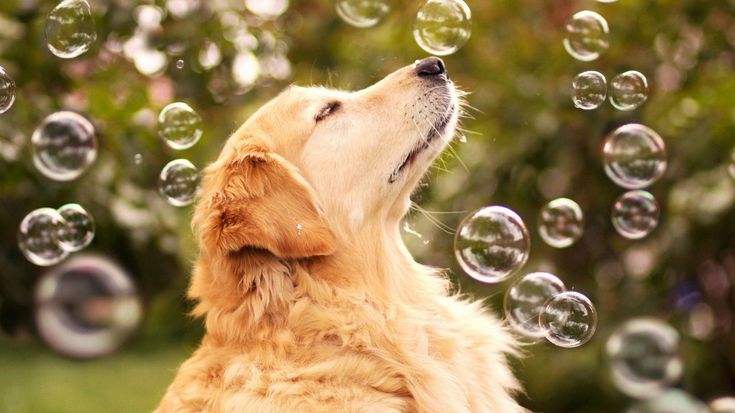
Do you want to train your dog in a new way? Then you need to look at Bubble Theory Dog Training! This approach to training relies on recognizing and capitalizing on your dog’s natural tendencies.
So, what exactly is Bubble Theory Dog Training? It has been said that dogs use the area around them to communicate with humans and other dogs. Understanding and respecting this bubble can build a stronger bond with your dog and improve their behaviour.
Bubble Theory Dog Training involves using positive reinforcement and clear communication to train your dog. It focuses on teaching your dog to make its own choices and rewarding them for good behaviour. This method is about building trust and a strong relationship with your dog rather than simply commanding them to do things.
One of the critical elements of Bubble Theory Dog Training is body language. Dogs communicate primarily through body language; you can better understand their needs and feelings by reading your dog’s body language.
So, Bubble Theory Dog Training is worth considering whether you’re dealing with behavioural issues or simply want to improve your dog’s obedience. By understanding your dog’s instincts and using positive reinforcement, you can create a happy and healthy relationship with your furry companion that will last a lifetime.
Read More: Solving The Mystery: Why Does My Dog Nibble My Ear?
How it works for reactive dogs

Let’s talk about Bubble Theory Dog Training and how it can help reactive dogs. First, if you’re unfamiliar with reactive dogs, these pups tend to overreact to certain stimuli, whether it’s other dogs, people, sounds, or anything that triggers their fear or anxiety.
Bubble Theory is a training approach that focuses on creating a safe and comfortable bubble around the dog, both physically and emotionally. You must be aware of the dog’s body language and signals and set up situations where he feels in control and calm.
Dogs can be prevented from getting too close to the trigger by using a leash or other physical barriers. Additionally, dogs can be taught to move away from the trigger when they feel uncomfortable.
But the emotional aspect of the bubble is equally essential. This means creating a trusting relationship with the dog and using reward-based training techniques to reinforce good behaviour. You want the dog to feel you’re on their side and there to support and guide them rather than punish or force them.
So how does this work for reactive dogs? Well, the idea is to gradually expose the dog to the trigger in a controlled and safe way while keeping them within their bubble of comfort. This can involve using counter-conditioning techniques, where the dog is rewarded for remaining calm and relaxed in the presence of the trigger.
Over time, as the dog becomes more comfortable and confident, you can expand its bubble and expose it to more challenging situations. The goal is not to eliminate the dog’s fear or reactivity but to help them learn to cope positively and constructively.
Of course, Bubble Theory Dog Training is not a magic solution, and it does require time, patience, and consistency. But for many reactive dogs, it can be a life-changing approach that helps them overcome their fears and build a stronger bond with their owners.
Also Read: Spud McKenzie Dog Breed | The Ultimate Guide 2023
Different methods of Bubble Theory Dog Training
Bubble Theory dog training is about positive reinforcement and building a strong bond with your furry best friend. Here are some of the different methods you can use to achieve this:
Clicker Training:
This method involves using a clicker to mark the desired behaviour of your dog. You pair the click sound with a treat or praise, and your dog will soon learn that the click means they did something right. This an excellent method of teaching and rewarding your dog’s good manners.
Luring:
This method involves using a treat or toy to guide your dog into the desired behaviour. For example, you might use a treat to lure your dog into sitting. Once they’re in the correct position, you give them the treat and praise them. This method is great for teaching your dog new behaviours and can be fun for you and your pup.
Shaping:
This method involves breaking down a behaviour into smaller steps and rewarding your dog for each step. For example, if you’re teaching your dog to roll over, you might reward them for lying on their side, rolling onto their back, and finally completing the entire roll. This method can take more time and patience, but it’s a great way to teach complex behaviours.
Free-Shaping:
This method involves allowing your dog to offer behaviours and rewarding them for behaviours that come close to what you’re looking for. For example, if you want your dog to pick up a toy, you might reward them for sniffing it, touching it with their nose, and finally, for picking it up. This method is great for encouraging creativity and problem-solving in your dog.
Must Read: Dinovite Killed My Dog? Facts About Supplement
Advantages of using Bubble Theory Dog Training for reactive dogs
Bubble Theory Dog Training is a highly effective technique for training reactive dogs. It is based on creating a “bubble” around the dog, which helps reduce anxiety and build confidence.
- One of the biggest advantages of Bubble Theory Dog Training is that it is non-confrontational. This means the dog is not punished for their reactive behaviour but rather taught to calm down and focus on their owner. This is achieved by creating a safe and positive environment for the dog, which helps them to feel more relaxed and comfortable.
- Another advantage of Bubble Theory Dog Training is that it is highly personalized. The training is tailored to the dog’s needs, so the techniques will vary depending on the triggers the dog is reacting to. This personalized approach ensures that the training is effective and that the dog can overcome their reactive behaviour safely and comfortably.
- Furthermore, Bubble Theory Dog Training is a humane and positive approach to dog training. The focus is on building a strong and positive relationship between the owner and the dog, achieved through positive reinforcement and the use of treats and rewards. This positive approach helps to build the dog’s confidence and encourages them to be more obedient and responsive to their owner’s commands.
Conclusion
Training your reactive dog with Bubble Theory Dog Training can be highly effective and humane. It offers numerous advantages, including a non-confrontational approach, personalized training, and a focus on positive reinforcement. So why not try it and see the excellent results for yourself?
